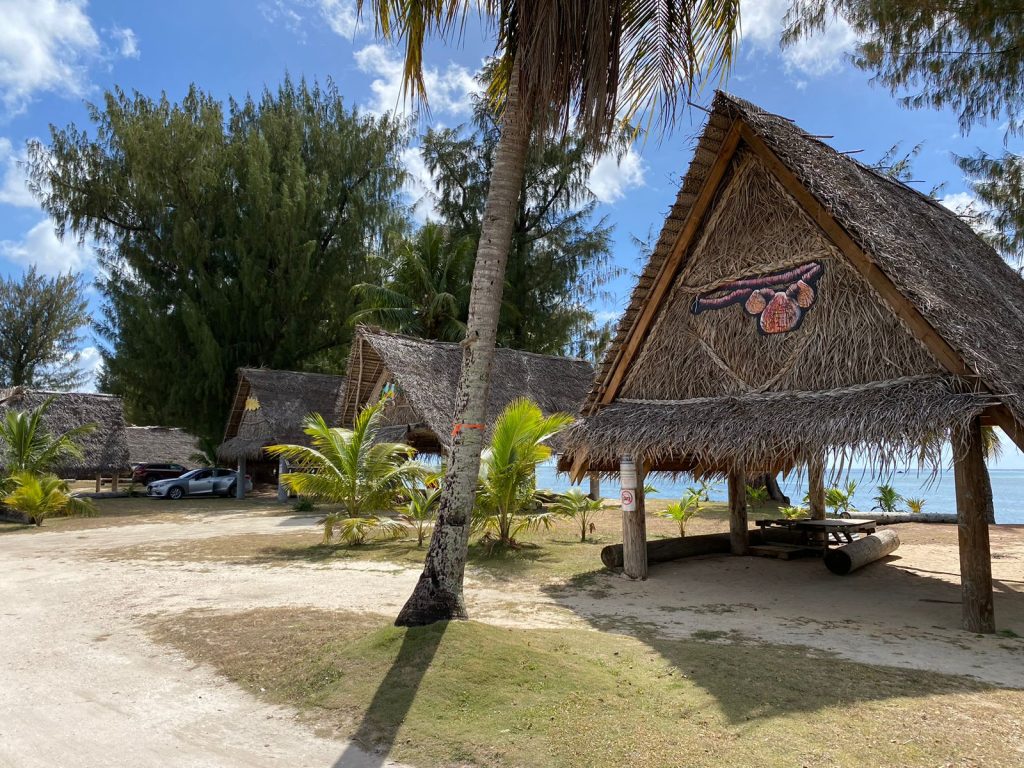Improving Public Access
DCRM’s Strategic Plan Goal 1: “Public access and use of coastal resources are enhanced, protected, and restored.”
DCRM is committed to maintaining and enhancing public access to coastal areas.
Projects to enhance public access are funded by the National Oceanic Atmospheric Administration’s Office for Coastal Management and the Department of Interior’s Office of Insular Affairs. For more information about the public access enhancement projects undertaken by DCRM, please visit DCRM’s Public Access Enhancement page.
Please reach out to DCRM Planning Section (planning@dcrm.gov.mp) with any comments or concerns regarding the public access enhancement.
Additional Resources

